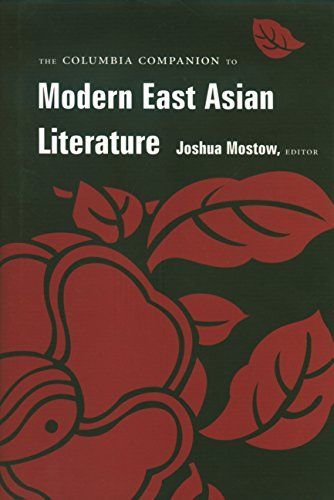
The Columbia Companion to Modern East Asian Literature
This extraordinary one-volume guide to the modern literatures of China, Japan, and Korea is the definitive reference work on the subject in the English language. With more than one hundred articles that show how a host of authors and literary movements have contributed to the general literary development of their respective countries, this companion is an essential starting point for the study of East Asian literatures. Comprehensive thematic essays introduce each geographical section with historical overviews and surveys of persistent themes in the literature examined, including nationalism, gender, family relations, and sexuality. Following the thematic essays are the individual entries: over forty for China, over fifty for Japan, and almost thirty for Korea, featuring everything from detailed analyses of the works of Tanizaki Jun'ichiro and Murakami Haruki, to far-ranging explorations of avant-garde fiction in China and postwar novels in Korea. Arrayed chronologically, each entry is self-contained, though extensive cross-referencing affords readers the opportunity to gain a more synoptic view of the work, author, or movement. The unrivaled opportunities for comparative analysis alone make this unique companion an indispensable reference for anyone interested in the burgeoning field of Asian literature. Although the literatures of China, Japan, and Korea are each allotted separate sections, the editors constantly kept an eye open to those writers, works, and movements that transcend national boundaries. This includes, for example, Chinese authors who lived and wrote in Japan; Japanese authors who wrote in classical Chinese; and Korean authors who write in Japanese, whether under the colonial occupation or because they are resident in Japan. The waves of modernization can be seen as reaching each of these countries in a staggered fashion, with eddies and back-flows between them then complicating the picture further. This volume provides a vivid sense of this dynamic interplay.